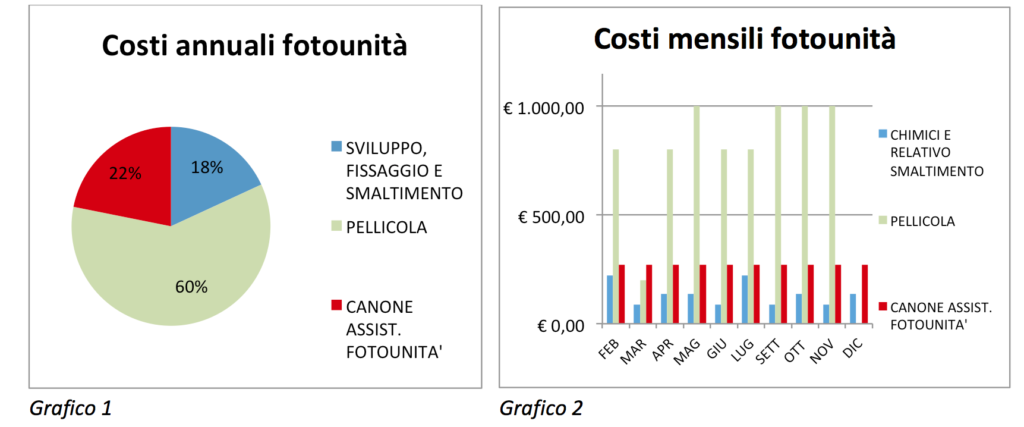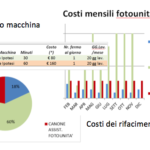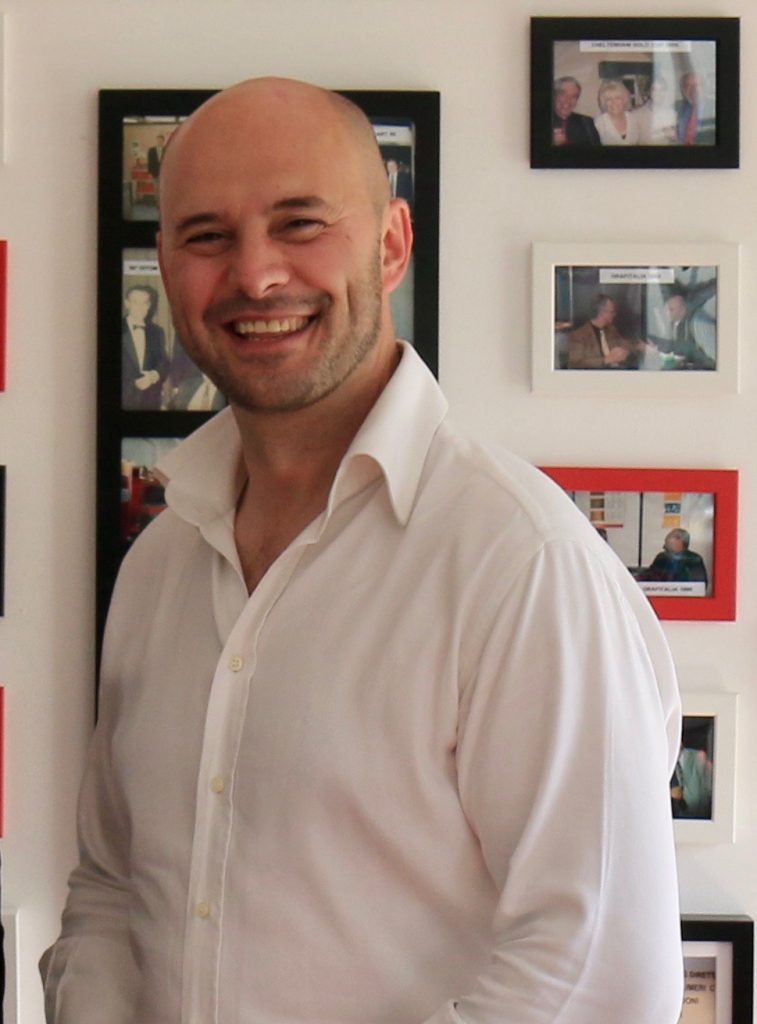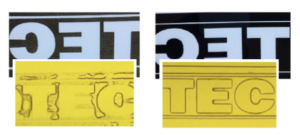Home » Switching to a CTP at zero cost.
Switching to a CTP at zero cost.
Your analog system is a bloodbath that you must get rid of as soon as possible That’s why.
Request the free report.
For users of cliché films.
Author: Cristiano Bottazzini
If you have felt weak, fatigued, and lacking energy lately, forget about magnesium supplements because your problem is a LEECH: your old photounit.
Do I seem exaggerated to you?
Trust me, I’m not exaggerating, and I hope to be able to show you clearly why you can consider your photounit as a parasite in every sense.
The fact is, by keeping your analog system, you believe you are saving, but, in reality, you are burdening yourself with fixed and variable costs that you may not even be aware of!
It is a constant and hidden hemorrhage that is draining your company’s resources, and it is time to stop it.
Have you ever analyzed the operating costs of a photounit? No?
No worries, I’ve done it for you. I’ll give you an example of one of my clients with an approximate plate consumption of…
Approximately 400 square meters per year. The costs you’ll see in the graph are actual monthly expenses incurred.
The table shows the annual costs of a photounit from 1995.
The format of the film roll is 35 cm.
Total costs of the photounit (year 2015): €11,413.
(Graph 1 and Graph 2)

We are talking about an expense of €11,413 per year.
That’s equivalent to €951 per month.
If we consider a 12-month period, yes, it would be €951 per month.
WARNING
I understand that for you, your photounit is a robust machine that never breaks down. Therefore, in inputting the costs, I have been very lenient and extremely positive.
I did NOT take into account any spare parts for the photounit repair.
(… which is really difficult considering the ruins I find around lately!)
€951 per month… But only if there are no unexpected issues, and you don’t have to go through hoops to find expensive and hard-to-find spare parts like a fire!!!
… All this just to stay attached…
to an old technology.
Now, let’s imagine wanting to purchase a medium-format CTP and compare a monthly financing installment for a CTP to the costs of the photounit.
Let’s take the installment of an investment for a 430×680 medium-format CTP, specifically designed for narrow web applications, allowing you to engrave a couple of colors at a time in an approximate format of 330×400 mm. If you have a developer of 500×700, you can keep up with polymer production in sync.
CTP with a format of 430×680 mm.
Approximate machine amount: € 60,000 + VAT.
Installment for financing over 60 months: € 1,076 per month.
[warning!
In the simulations you see, I am not making any reference to the additional benefits of Industry 4.0.
Now, let’s consider a period of 10 years.
In the next graph, you can immediately notice that from the 5th year onwards, the costs of the CTP decrease compared to the photounit. Why?
In the next graph, you can immediately notice that from the 5th year onwards, the costs of the CTP decrease compared to the photounit.
And above all… GOODBYE DISPOSAL COSTS!
If we add the uncertainty of “spare parts” related to the extraordinary maintenance of the old machine, it becomes even more evident that switching to CTP is the most beneficial option for you.

If you are lucky and don’t have any spare parts to replace…
With your photounit, you will spend €114,130 in 10 YEARS.
This projection is only in your dreams because I haven’t considered the minimum annual increase in film costs [which, I remind you, is at least 5%].
In reality, in 10 YEARS, you will end up spending €142,610.
Indeed, that projection is based on the assumption of no unforeseen events or spare part replacements…
What if you increase production? … It’s better not to know how much you would spend, believe me.
Are you sure that your photounit is really worth this expense?
Are you sure that your photounit is really worth this expense?
What will happen to you if you decide to do nothing?
Let’s suppose you decide to remain stuck with your analog system.
The film costs will keep increasing, as well as the expenses related to the maintenance and repair of your photounit (…and mind you, I’m not jinxing it!).
You will go on for a few more years, yes, but unfortunately, in the meantime, you will have given up on a 4000 DPI resolution, and you’ll end up losing all those clients who demand higher quality.
In a world where the price battle is lost from the start – because everyone is undercutting and some even giving away clichés – quality and service are the only factors that can set you apart from your many competitors.
At some point, your photounit will definitively let you down, and you will be forced to make a decision under much less favorable circumstances.
Haste is a bad advisor!
And you’ll be hard on yourself, exclaiming:
“Why didn’t I think about it earlier?! Back when I could have taken my time, weigh the pros and cons, and make a gradual transition without any stress?”
These pieces of information are published in the report.
The films are disappearing
Fill out the form.
and request the free report.
The films are disappearing.


Author
Cristiano Bottazzini
For twenty years, I have been working closely with the plate makers and printers. I don’t like the know-it-alls who talk and talk, but when it comes to getting their hands dirty, they back off because they don’t know where to start. I don’t like the know-it-alls who talk and talk, but when it comes to getting their hands dirty, they back off because they don’t know where to start
An objective that I fully share and like to summarize in my personal motto is:
Quality, repeatability, and cost reduction.
To achieve these results during cliché creation and printing, I use dedicated electronic equipment that allows me to analyze every variable: from line screens and anilox volumes to the size of the printed dot.
Follow me on LinkedIn.
ASK FOR MORE DETAILS
More details
Recent Articles:

Films are doomed
How many times have you got this… despite aiming to a very different result? I bet it’s happened so often you’ve lost count. You’ve grown
